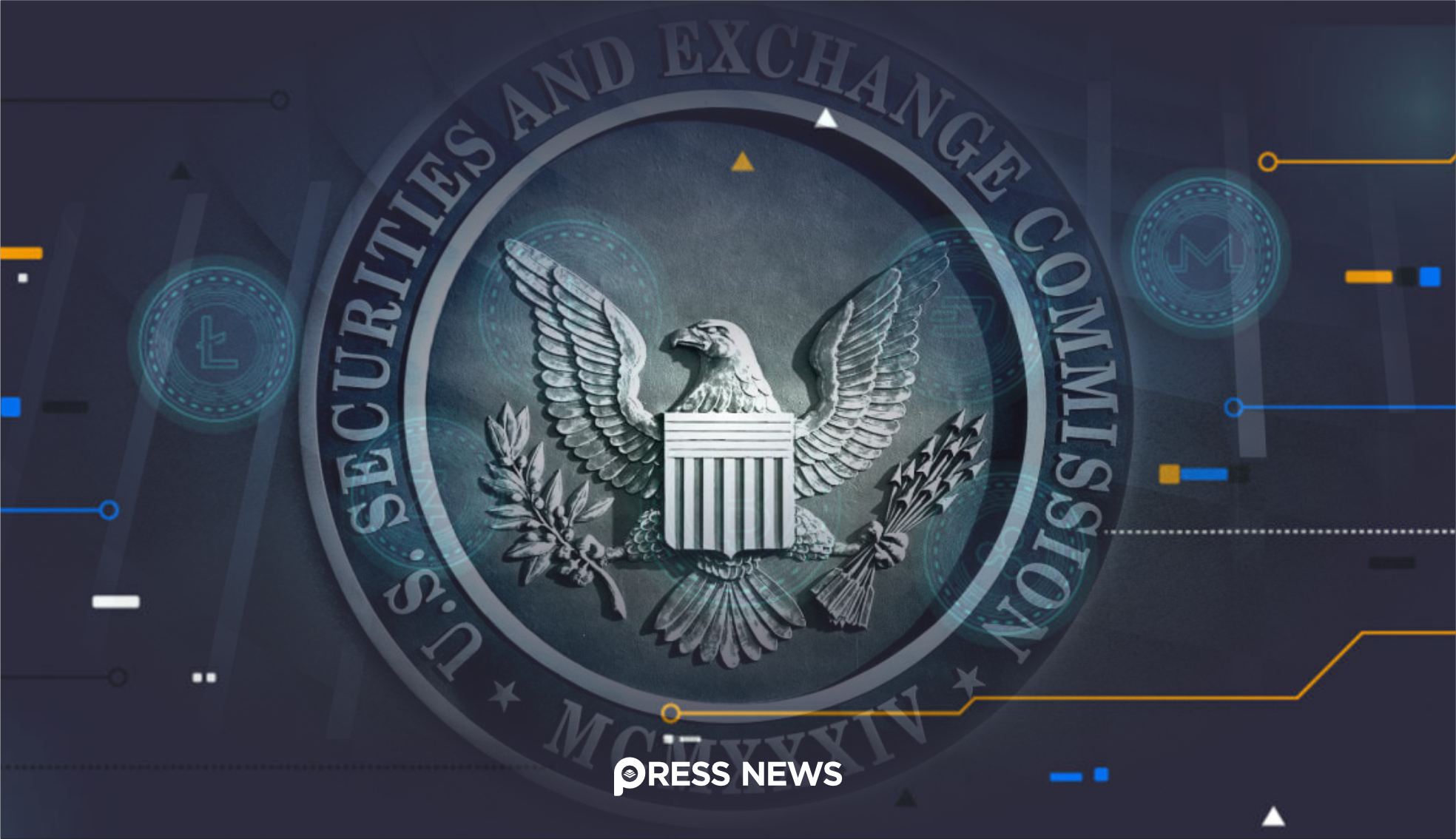Hedera Foundation Partners with The Binary Holdings to Onboard 169 Million+ Users
As the blockchain world continues to evolve, many in the space are raising a crucial question: Have we lost sight of why Bitcoin was created in the first place?
When Satoshi Nakamoto published the original Bitcoin whitepaper in 2008, the goal was simple but radical — to create a peer-to-peer digital currency free from the grip of governments and corporations. But fast-forward to today, and the industry looks very different.
“The original vision was about freedom. Not yield farming. Not VC exits,” says Jake Wilson, a privacy advocate and early Bitcoin miner. “It was about financial sovereignty.”
What Happened to the Vision?
Bitcoin was designed to operate without intermediaries — a decentralized store of value with a fixed supply of 21 million coins, immune to inflation and political tampering. But in pursuit of performance, speed, and institutional adoption, much of the industry has veered off course.
Projects like Ethereum and Solana have delivered impressive throughput and smart contract functionality. Yet critics argue that these advancements come at the cost of decentralization.
As of March 2024, Coinbase alone operated more than 11% of the total staked ETH, according to Dune Analytics, controlling roughly 3.84 million ETH across 120,000 validators. That level of concentration raises eyebrows about whether Ethereum can still claim to be decentralized — especially when such influence lies in the hands of a publicly traded company regulated by the U.S. government.
Solana, praised for its blazing speed, has also faced criticism for network outages and reliance on a small group of validators. While this makes for smoother performance, it leaves the network more vulnerable to centralized failure points — a concept Bitcoin was designed to avoid.
VCs Are Back at the Helm
Ironically, the blockchain movement that once sought to decentralize finance and disrupt Big Tech is now heavily funded by Silicon Valley’s most powerful venture firms. From a16z to Polychain Capital, the same names that dominated Web2 are now leading major Web3 funding rounds.
This shift isn’t without consequences.
“Crypto was supposed to give regular people early access to innovation. Now it’s just another asset class for institutional capital,” said Marina Soto, a fintech policy analyst in Washington D.C.
Pre-mined tokens, early insider allocations, and exit-oriented roadmaps have become all too common. In many ways, the cycle has reset: a small elite controls the lion’s share of assets and decision-making power — not unlike the very banks and corporations Bitcoin was meant to disintermediate.
Why Decentralization Still Matters
Decentralization isn’t a buzzword. It’s the foundation of trustless technology.
Without it, blockchains risk becoming just another version of centralized banking, only with a different UI. Bitcoin’s strength lies in its immutability and neutrality — not in how many transactions per second it can handle.
The power of Bitcoin is that no one can change its rules — not governments, not developers, not investors. That’s what gives it long-term credibility as a monetary system.
“If decentralization is optional, censorship resistance is optional,” tweeted Alex Gladstein, Chief Strategy Officer at the Human Rights Foundation. “And if censorship resistance is optional, you’re not building anything revolutionary.”
The Path Forward
There’s nothing wrong with innovation — new chains, applications, and use cases will continue to emerge. But if the crypto industry forgets its roots, it risks recreating the very problems it set out to solve.
It’s time for a reset. A return to the principles of sound money, individual control, and censorship resistance. As Bitcoin continues to quietly process block after block, untouched by centralized interference, it stands as a reminder of what’s possible when code, not corporations, enforce the rules.


 Press Labs Inc.
Press Labs Inc. 








